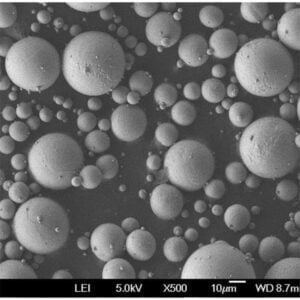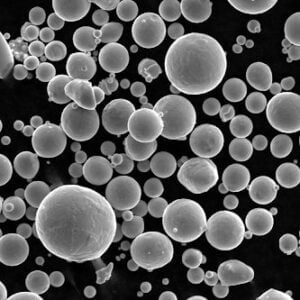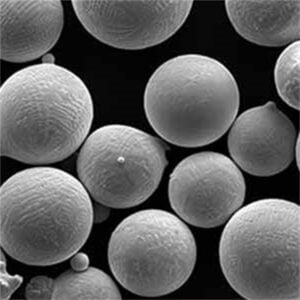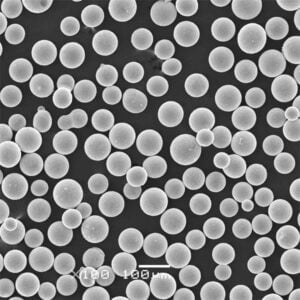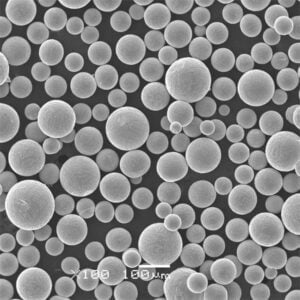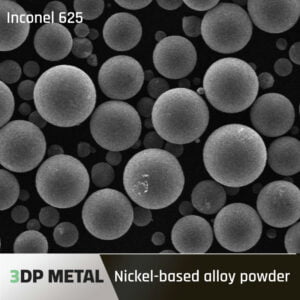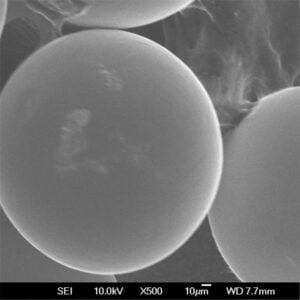metal atomization Manufacturers
Obsah
Přehled o Atomizace kovů
Metal atomization is a process where molten metal is broken into fine droplets using gas or liquid that is forced at high velocity. The droplets rapidly solidify into powder with a spherical or round morphology ideal for additive manufacturing or metal injection molding.
Atomization produces consistent powder sizes ranging from 10 microns to 200+ microns based on the nozzle design and operating pressures. Nitrogen, argon or air is typically used for gas atomization while water is common in liquid atomization.
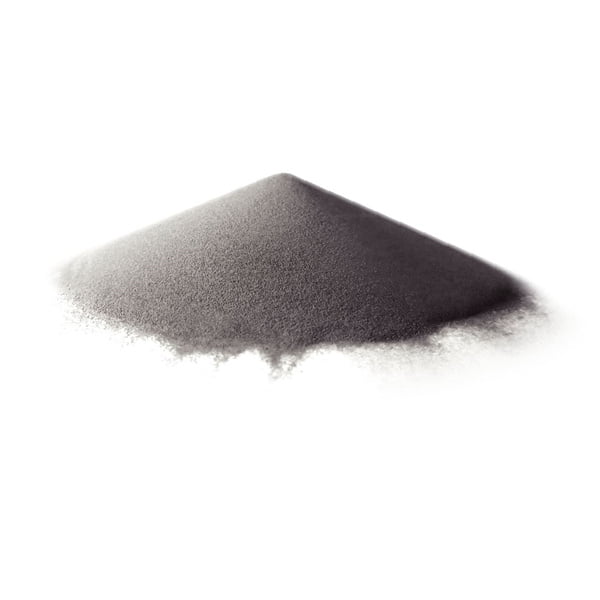
Typy Atomizace kovů Procesy
| Proces | Střední | Velikost částic | Kovy |
|---|---|---|---|
| Atomizace plynu | Dusík, argon | 10-100 μm | Titan, hliník, nerezová ocel |
| Vacuum Atomization | Dusík, argon | 10-63 μm | Nickel superalloys, titanium aluminide |
| Atomizace vody | Voda | 100-350 μm | Low alloy steel, stainless steel |
Technické specifikace
| Parametr | Podrobnosti |
|---|---|
| Rychlost výroby | 1-20 metric tons per hour |
| Tlak plynu | Up to 35 bar |
| Přehřátí taveniny | 100-250°C above liquidus |
| Powder yield | 60-95% depends on metal |
| Rychlost chlazení | 10^3 to 10^6 °C/s |
Aplikace z Rozprašované kovové prášky
Some uses of atomized powders include:
- 3D Printing powders for SLM and DMLS
- Metal Injection Molding (MIM) feedstock
- Tepelně stříkané povlaky
- Production of sintered parts
- Brazing pastes or joining applications
- Chemical/petroleum catalytic converters
Global metal atomizer manufacturer
| Společnost | Umístění |
|---|---|
| AP&C | Kanada |
| Praxair | USA |
| Sandvik | Švédsko |
| Mattersmith | Čína |
| Phoenix Scientific Industries | Indie |
Leading Manufacturers of Atomized Metal Powders
| Společnost | Materiály |
|---|---|
| Sandvik | Nickel, titanium, stainless steel alloys |
| Přísada pro tesaře | Titanium alloys, cobalt chrome, stainless steels |
| Technologie LPW | Aluminum, titanium, copper alloys |
| EOS | Tool steel, cobalt chrome, inconel, titanium alloys |
| AP&C | Reactive metals like titanium, aluminum grades |
Úvahy o nákladech
A gas atomization system with capacity of 500-1000 kg/hour costs around $2-4 million depending on complexity, metal type, level of automation and additional powder handling equipment. Payback period can vary from less than 2 years to 5+ years depending on scale of production.
Atomized powder pricing depends on composition, quality level, lot quantity, reuse status and prevailing raw material costs. For instance, virgin titanium Ti64 grade 5 powder of size 45-100 microns suitable for 3D printing sells for $200-500 per kg.
Advantages of Atomization
- Consistent spherical powder morphology beneficial for AM and MIM applications
- Cost-effective high volume powder production with minimal scrap losses
- Custom alloys and powder characteristics achievable
- Powder fully recyclable for reuse in most applications
- Rapid cooling gives fine microstructures and controlled powder sizes
Omezení
- High capital investment for turnkey atomization production systems
- Additional powder sieving, blending or modification required
- Limited size range and high reactivity restricts some alloys
- Safety issues like dust explosivity must be addressed
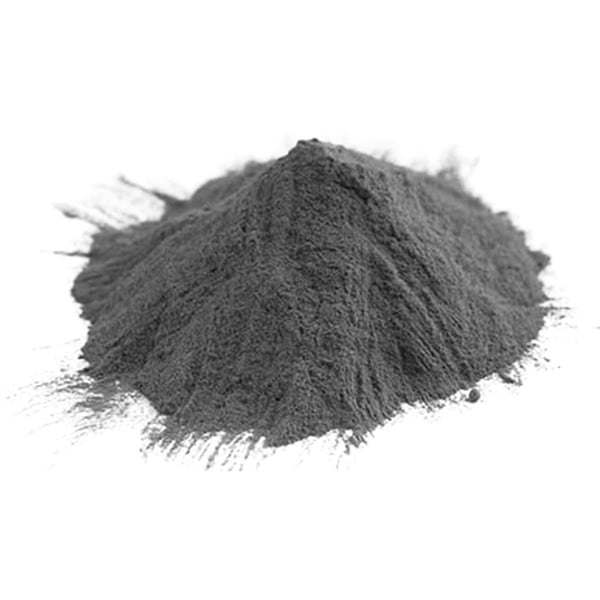
FAQ
Q: What is the difference between gas and water atomized powders?
A: Gas atomized powders are finer (<100 μm), more spherical and smoother than irregular, coarser water atomized powders but gas atomization systems have higher setup costs.
Q: Which industries consume the major share of atomized metal powders?
A: Over 60% of fine atomized powders are estimated to be used in metal additive manufacturing processes like selective laser sintering, laser melting and binder jetting.
Q: What is vacuum induction melting used for prior to atomization?
A: Vacuum induction melting allows melting reactive alloys like titanium or stainless steel under inert conditions preventing contamination which is critical for producing clean high purity atomized powders.
Q: Does post-processing further modify properties of atomized powders?
A: Yes, additional steps like thermal annealing, hot isostatic pressing, plasma spheroidization, sieving or mixing are performed to tailor particle size distribution, flowability, density or composition characteristics as needed for downstream processes.
Q: How is powder reuse economical for atomization process?
A: Atomized powders can cost anywhere from $20 per kg for steel to $500 per kg for exotic alloys. Capturing and reusing overflows and used build powders from AM machines using screening, thermal vacuuming, etc. lowers overall operating costs.
Sdílet na
MET3DP Technology Co., LTD je předním poskytovatelem řešení aditivní výroby se sídlem v Qingdao v Číně. Naše společnost se specializuje na zařízení pro 3D tisk a vysoce výkonné kovové prášky pro průmyslové aplikace.
Dotaz k získání nejlepší ceny a přizpůsobeného řešení pro vaše podnikání!
Související články

Vysoce výkonné segmenty lopatek trysek: Revoluce v účinnosti turbín díky 3D tisku z kovu
Přečtěte si více "O Met3DP
Nedávná aktualizace
Náš produkt
KONTAKTUJTE NÁS
Nějaké otázky? Pošlete nám zprávu hned teď! Po obdržení vaší zprávy obsloužíme vaši žádost s celým týmem.

Kovové prášky pro 3D tisk a aditivní výrobu
SPOLEČNOST
PRODUKT
kontaktní informace
- Město Qingdao, Shandong, Čína
- [email protected]
- [email protected]
- +86 19116340731






